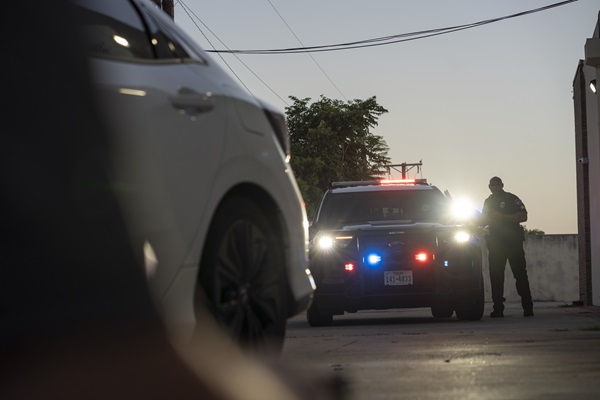Are You Doing Everything In Your Power To Maintain Trust And Transparency In These Changing Times?
It was Christmas Day 2013, in Newark, New Jersey, but it could have been any other town or city, USA. Several notable gun violence incidents found law enforcement and community leaders reeling and coming together to not only find answers to what happened, but more importantly seek solutions. The Attorney General at the time, John Hoffman, made a statement that has been forever etched in the minds of those in New Jersey law enforcement responsible for safeguarding their communities from violence.
“How do you stop gun violence when it has reached the point that an innocent 13-year-old honors student, Zainee Hailey, is gunned down while simply taking out the trash on Christmas Day, along with two young men barely older than her? The answer is you do everything in your power – you marshal your forces and deploy them using a proven plan.”(1)
For law enforcement, combating violence, and crime for that matter, requires the right blend of people, processes, and technology in order to ensure that justice can be realized for the victims, resolution is available for their families, and peace can be returned to affected communities. In the not so distant past, the onus fell squarely on the shoulders of the law enforcement community to harness what was available to them in order to identify problem areas and problem offenders. While it was so often taken for granted, the success of such efforts hinged upon the participation from the community to assist law enforcement with identifying predatory offenders and problem areas. The glue that binds the community to law enforcement in carrying out strategies to reduce crime is trust. In the years following that 2013 Christmas Day shooting in Newark, one only had to observe how the leadership of the Newark Police Department – namely Police Director Anthony Ambrose and Chief Darnell Henry – leveraged the trust that the community held in the department’s efforts to drastically reduce violent crime.
Trust, Transparency, and Partnership
In the past year, we have seen a lot of tragedy. We have seen death and destruction, while at the same time seeing so many express their loss of faith in law enforcement and in their communities. We looked around and asked ourselves where things may have gone wrong, and if things would ever be okay again. Then we noticed people doing what they do best: adapt and overcome. They are beginning to rebuild and redefine what it means to be a community and its relationship with the police. There now comes new expectations and an eagerness to reinforce the values of trust, transparency, and partnership as a clear path to building communities underpinned by public safety.
Yet, restoring faith in the community and policing relationship does not occur in a vacuum. Crime and violent crime still occurs and in some locations at alarming rates. While law enforcement cannot turn a blind eye to this criminality, in those communities that have a fragile relationship with the police, enforcement efforts can add additional sparks to an already smoldering fire. So what are law enforcement professionals to do? In the words of Attorney General Hoffman, “you do everything in your power.” And today, beyond the given requirements of putting the right people and processes in place, that also means leveraging all available technologies that can increase the objectivity, precision and transparency in law enforcement operations.
A clear example of how trust can be restored through transparent public safety efforts took place in the summer of 2017 in Des Moines, Iowa. During a foot chase with police, a woman fired a handgun at them. One of the officers returned fire, and the woman was struck multiple times. Without the ability for the agency to record and retrieve video evidence from this high profile and quickly developing incident, that law enforcement organization would not have been able to tell the complete story of what occurred and the level of trust held within the community would quickly dissipate. Sergeant Theodore Stroope, head of the digital evidence unit in De Moines poignantly underscored this by saying, “In this day and age, if there’s any allegation of dubious circumstances surrounding your shooting, and you’re not able to produce that video, we know which way public opinions are going to go.” Stroope was able to provide video that depicted the circumstance leading up to, during, and after the shooting event. The captured video demonstrated that the officers involved went to great lengths to protect the community from a dangerous situation.
Leveraging Available Technologies
Today, law enforcement has at their disposal many technologies they can leverage to increase trust and transparency within the communities they serve. Body-worn cameras, in-car cameras, and other public safety video capabilities are just a few of the available capabilities that agencies can rely upon to provide their communities the full story. The next generation of community policing will certainly leverage all available technologies in order to create an enhanced public safety environment, while creating avenues for agencies to secure the public as a trusted partner. In these changing times, doing everything in our power to safeguard our communities requires that we harness the benefits of today’s technologies.
Motorola Solutions stands ready to provide technology tools to law enforcement agencies that aspire to become a “Trusted City” as they carry out their public safety missions.




